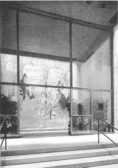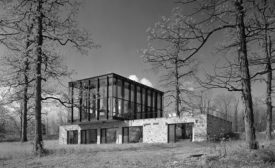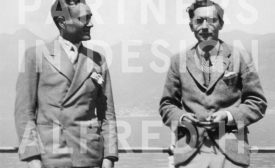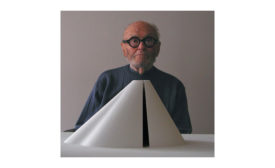Philip Johnson
Reprinted from the July 1958 issue of Architectural Record.
Read More
Genesis of Genius
Case Study: Philip Johnson
In this excerpt from The Creative Architect, Serraino explains how difficult a subject Johnson was for the psychologist interviewing him.
Read More
Partners in Design: Alfred H. Barr Jr. and Philip Johnson
Modernism's Backstory: A book and exhibition explore the collaboration that brought modernist architecture to America.
Read More
Copyright ©2025. All Rights Reserved BNP Media.
Design, CMS, Hosting & Web Development :: ePublishing





